Traumascapes: The power and fate of places transformed by tragedy
Melbourne University Press, $34.95 pb, 279 pp, 0522851770
Traumascapes: The power and fate of places transformed by tragedy by Maria Tumarkin
If it is the case that we can no longer avoid the effects of living under conditions of globalisation, then increasingly that spatial dimension governs our lives. Look not, therefore, deep into the history of our individual nations or localities to explain what is going on, but lift your eyes to the horizon, and beyond, where a devastated city may be smouldering. Within minutes, a local politician will be warning us that we may be next.
There has been an innovative thread in Australian writing that has developed this spatial dimension. Paul Carter’s Road to Botany Bay (1987) is perhaps the most famous ‘spatial history’, as he called it, of Australia’s colonial past. Now, with Traumascapes, Maria Tumarkin takes a major step in doing a simultaneous analysis, on a global scale, of six sites of trauma: Berlin, Sarajevo, Port Arthur, Shanksville, Bali, and Moscow. Berlin’s trauma was chronic rather than acute, being a site of two wars, the East–West division and reunification; and the city is notably self-conscious about the ways it should remember. Tumarkin’s site, therefore, is an eccentric museum in the old Stasi headquarters.
Continue reading for only $10 per month. Subscribe and gain full access to Australian Book Review. Already a subscriber? Sign in. If you need assistance, feel free to contact us.



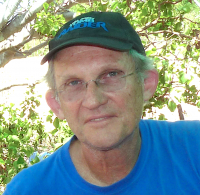


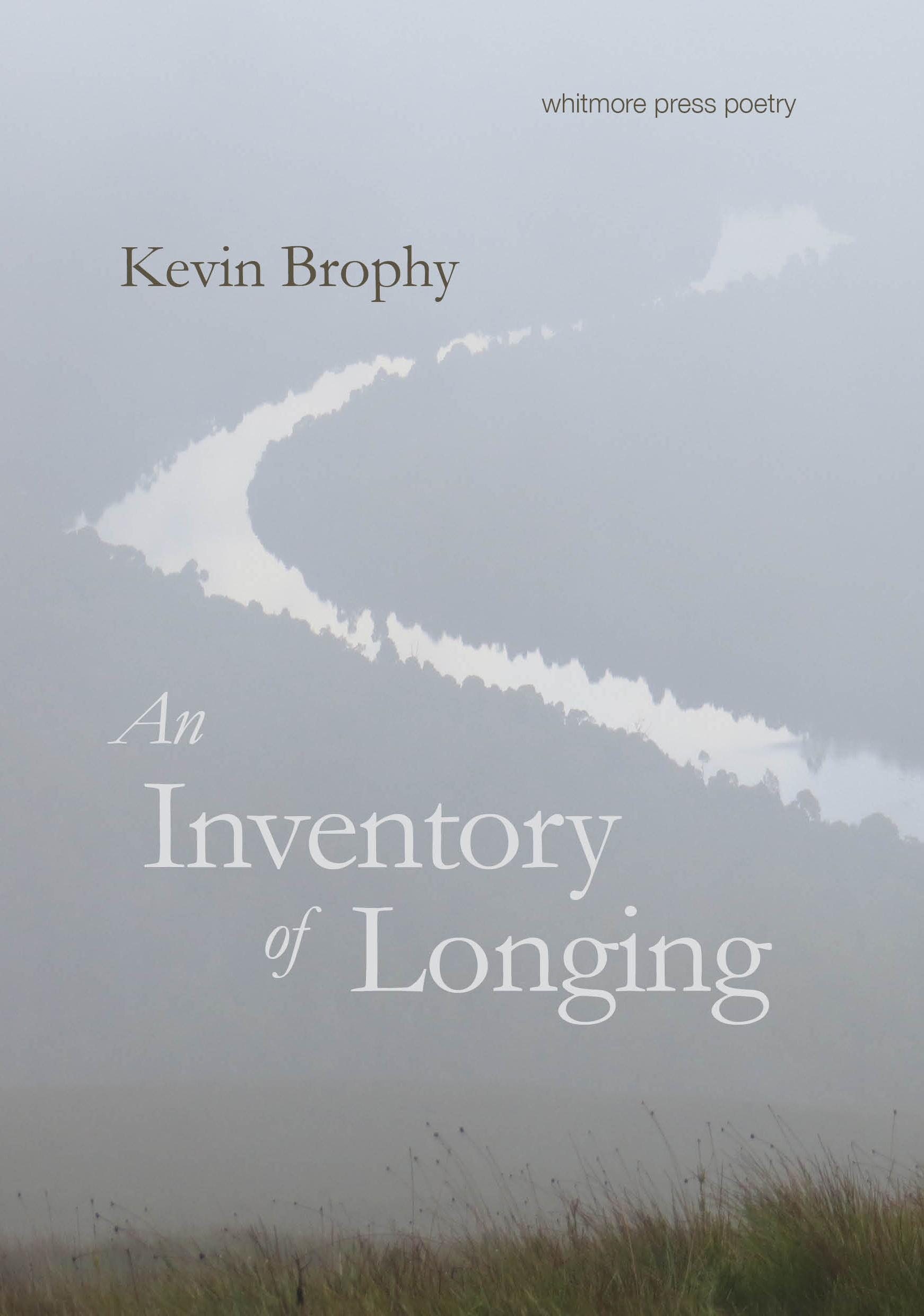
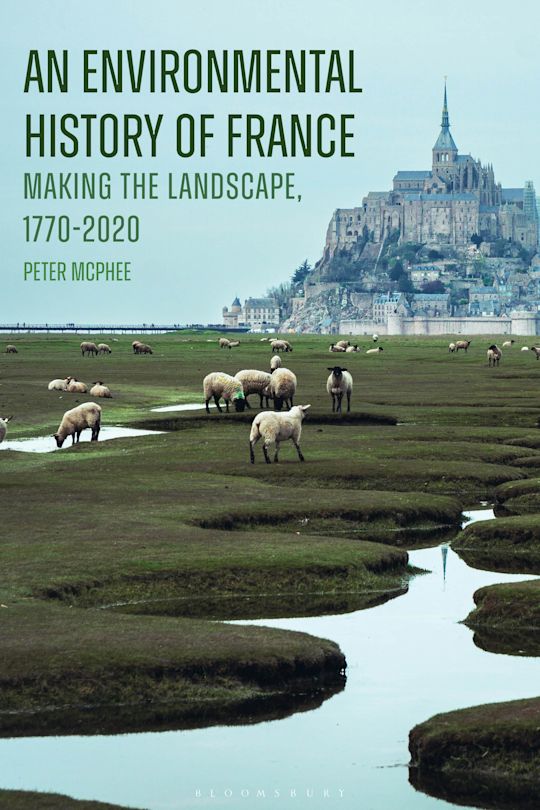

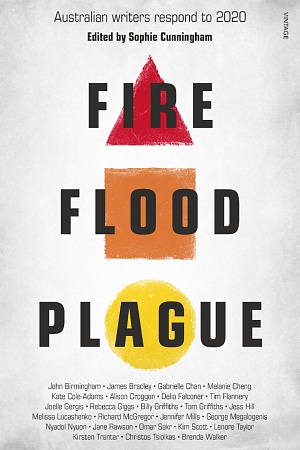
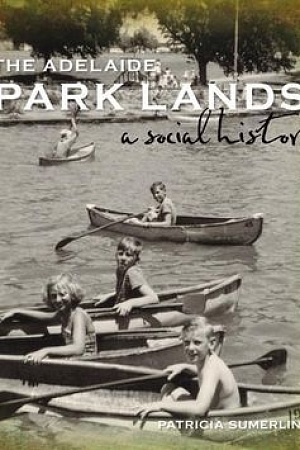





Leave a comment
If you are an ABR subscriber, you will need to sign in to post a comment.
If you have forgotten your sign in details, or if you receive an error message when trying to submit your comment, please email your comment (and the name of the article to which it relates) to ABR Comments. We will review your comment and, subject to approval, we will post it under your name.
Please note that all comments must be approved by ABR and comply with our Terms & Conditions.